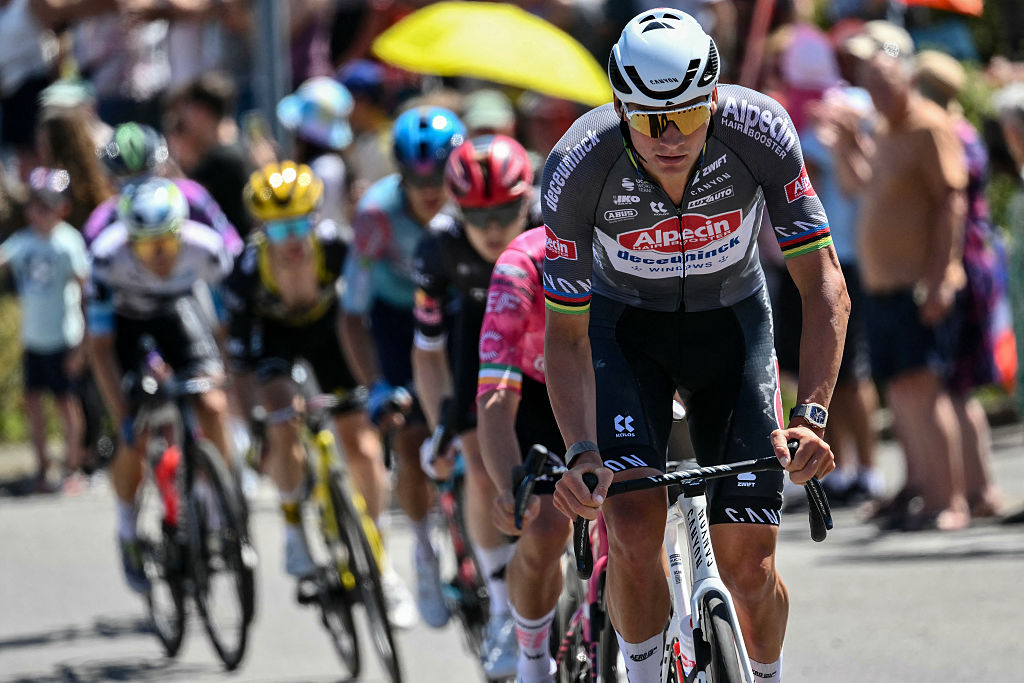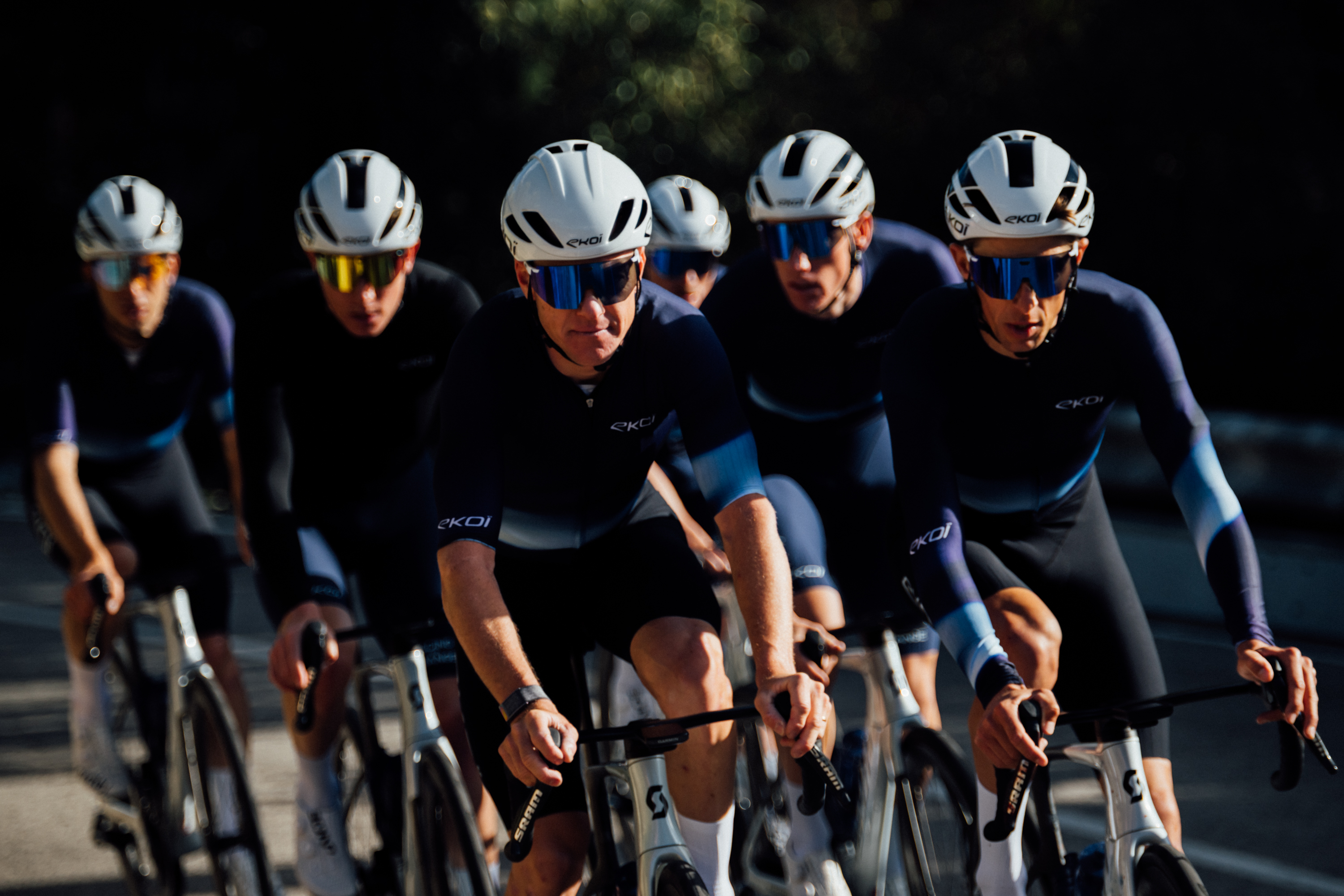'Sprints are even more monotonous than before' - Why the Tour de France route planners tore up the script for 2025
'So many factors play a role' in route plan, says Thierry Gouvenou after 10 stages split between chances for GC riders, sprinters, and Classics racers

The Tour de France is just about halfway done and poised to head into the high mountains of the Pyrenees for the first time in the coming days.
Usually, this would mean viewers have sat through over a week of largely sprinter-friendly stages. This year, however, Tour route designer Thierry Gouvenou strived to create an opening 10 days suited to riders of all stripes, and, looking back, he has succeeded in doing just that.
With no high peaks yet in sight, the battle for yellow has already begun with multiple twists and turns, and some sizeable gaps at the top of the standings. Four sprint days have been balanced out with several chances for puncheurs and breakaway riders, too, in addition to the stage 5 time trial.
It has been a balanced start to the Tour, impressively so, considering the race has, thus far, been largely limited to the north and west of the country, far from the high mountains.
"We knew we had nine days on the flats, and we had to find something to avoid too many bunch sprints. Last year, there were eight or nine stages for sprinters. We evaluated that, and it was too many," Gouvenou told AD in an interview where he looked back at the opening half of the race.
"Sprints are even more monotonous than before, because the peloton blocks. Teams don't want to attack anymore because they know it's pointless. Now there are five or six opportunities for the sprinters, and I think that's a good thing."
Perhaps the only downside of the route so far came on the Tour's second weekend, which served up two very flat and dull sprint stages for viewers on their days off work.
The latest race content, interviews, features, reviews and expert buying guides, direct to your inbox!
France's geography is the main influence in how the race looks, however, and so that couldn't be avoided this time around.
"It could have been better, because we prefer the tough mountain stages on the weekend, but that didn't work out this time," Gouvenou said. "We did have a great stage on the French national holiday, which is very important in France.
"After that, all the French have holidays, and the timing of the stages doesn't matter so much anymore.
"But, even if I ever thought the Tour route was ideal and we were to organise this Tour 10 times, it wouldn't be a great race 10 times. Because so many factors play a role. The weather, the teams' tactics, the riders' will, and the presence of the top riders. I can't control everything."
On the whole, though, Gouvenou has been pleased with how the Tour has turned out so far.
"We've taken stock of the first week and we're very satisfied," he said. "There were huge crowds everywhere, and we've heard enthusiastic reactions. We're happy with how things have gone so far."
Gouvenou also touched on the safety aspect of route planning, noting how his own experience as a rider informs where he sends the race.
Plenty of thought goes into this aspect of planning the Tour route, Gouvenou said, but in his opinion, the increasing speeds of the peloton are most to blame for the crashes.
"I still cycle a lot, and I can still evoke the feeling I had in the peloton. When I recon the stages, I do it in the car, but I try to use the car's steering wheel as I do the steering wheel on my bike," he said.
"I look at bends, how quickly the riders can ride through them, and which signs we need to put up to indicate the dangers. I think it's an advantage that I was a cyclist. That helps, even though cycling has evolved. There are developments I've missed, but I still have a cycling eye.
"It has increased significantly in recent years, and I think we've reached our limit. Higher speeds mean greater risks. Everything is now focused on speed. Helmets make riders faster, the clothing, the wheels, the brakes, everything.
"The pace at which we ride is no longer suitable for the roads. And we can't change the roads, because they are primarily for people, not for cycling races. So the cyclists' equipment must adapt to the roads."
The Tour de France is the biggest race in cycling, and a Cyclingnews subscription offers you unlimited access to our unrivalled coverage. Get all the breaking news and analysis from our team on the ground in France, plus the latest pro tech, live race reports, and a daily subscriber-only newsletter with exclusive insight into the action. Find out more.

Dani Ostanek is Senior News Writer at Cyclingnews, having joined in 2017 as a freelance contributor, later being hired full-time. Her favourite races include Strade Bianche, the Tour de France Femmes, Paris-Roubaix, and Tro-Bro Léon.
You must confirm your public display name before commenting
Please logout and then login again, you will then be prompted to enter your display name.
